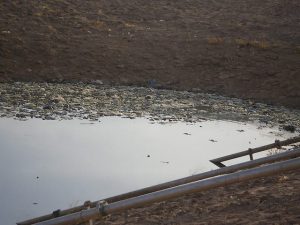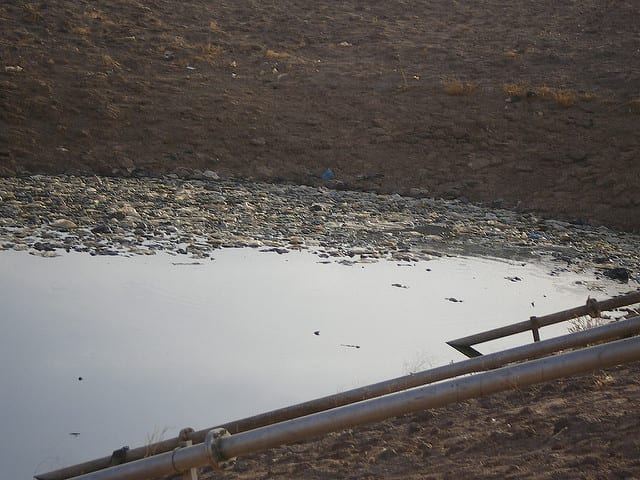 Water which finds its way to old landfill sites is not always absorbed by the waste. This water collects and accumulates, forming what are termed ‘leachates’: pools of contaminated water which can go on to threaten the integrity of nearby groundwater.
Water which finds its way to old landfill sites is not always absorbed by the waste. This water collects and accumulates, forming what are termed ‘leachates’: pools of contaminated water which can go on to threaten the integrity of nearby groundwater.
Solving this problem is tricky because the composition of the landfill is not consistent across sites or over time, meaning that any solution has to consider multiple pollutants with constantly changing chemical identities. One thing that does seem to appear consistently and in high concentrations is ammonium. Dissolving readily in water, it has been identified as one of the most toxic leachate components.
Luckily, it also happens to be a viable target for biological treatment.
Using nitrification and denitrification batch reactions, leachate ammonium can be reduced to gaseous nitrogen, the major component of clean air. These processes can be achieved simultaneously in a single reactor (termed the ‘SND’ process), the efficiency and effectiveness of which can be improved by increasing the retention of the activated sludge at the reactor base.
Researchers from the University of Rzeszow, Poland, tested the effect of polyurethane foam porosity on the ability of the foam to act as a biomass carrier, which can be applied to help retain reactor sludge and increase biomass amount. Polyurethane is an interesting candidate because it is a known biofilter with variable surface area, with proven durability and no toxicity for organisms in aqueous media.
They examined the removal efficiency of reactors with different foam samples and discovered that the foam with 30 pores per inch showed the greatest removal efficiency for free ammonia nitrogen.
They also studied the temperature and pH, and performed a kinetic analysis of the reactions. Check out their findings now in CLEAN.
Image credit: flickr.com/SuSanA Secretariat, CC BY 2.0.

















